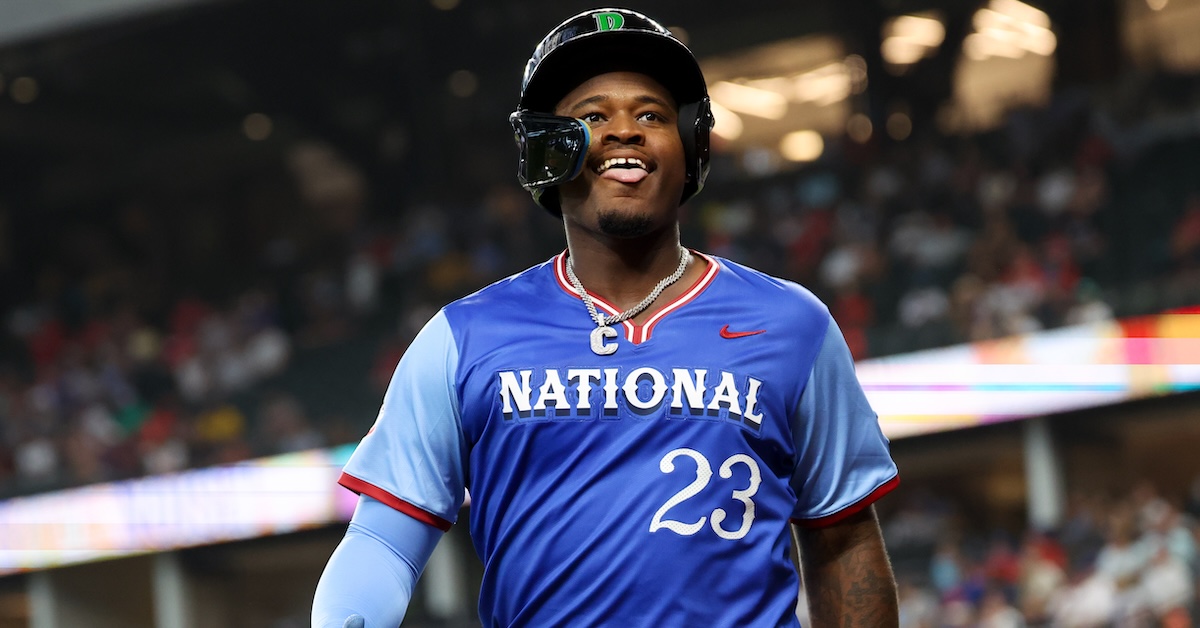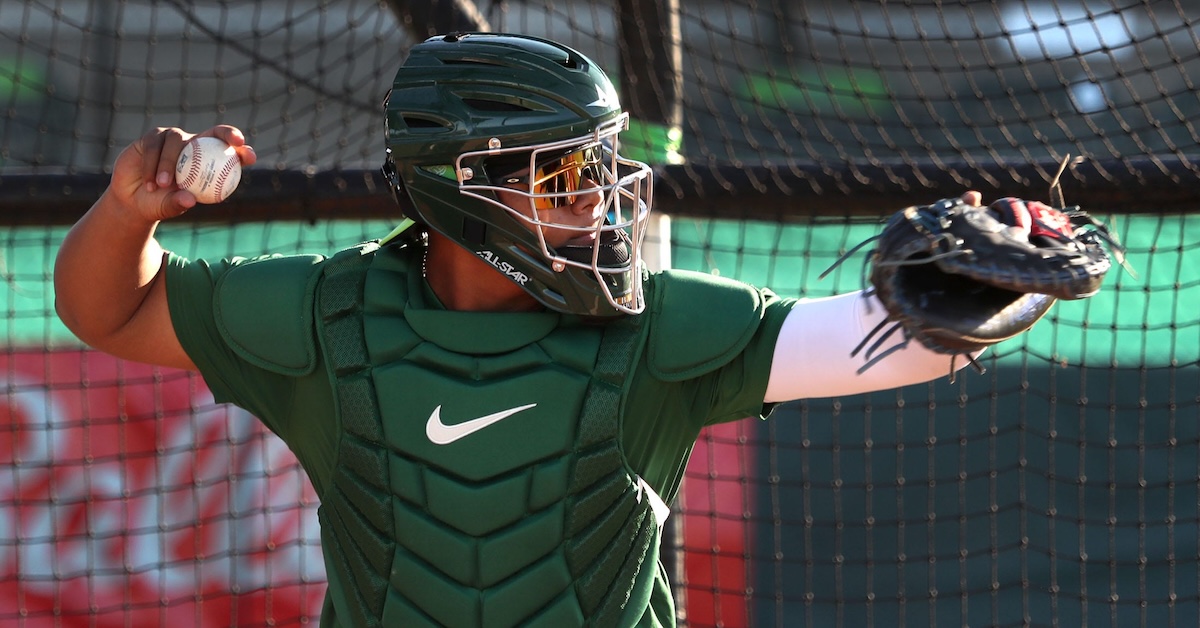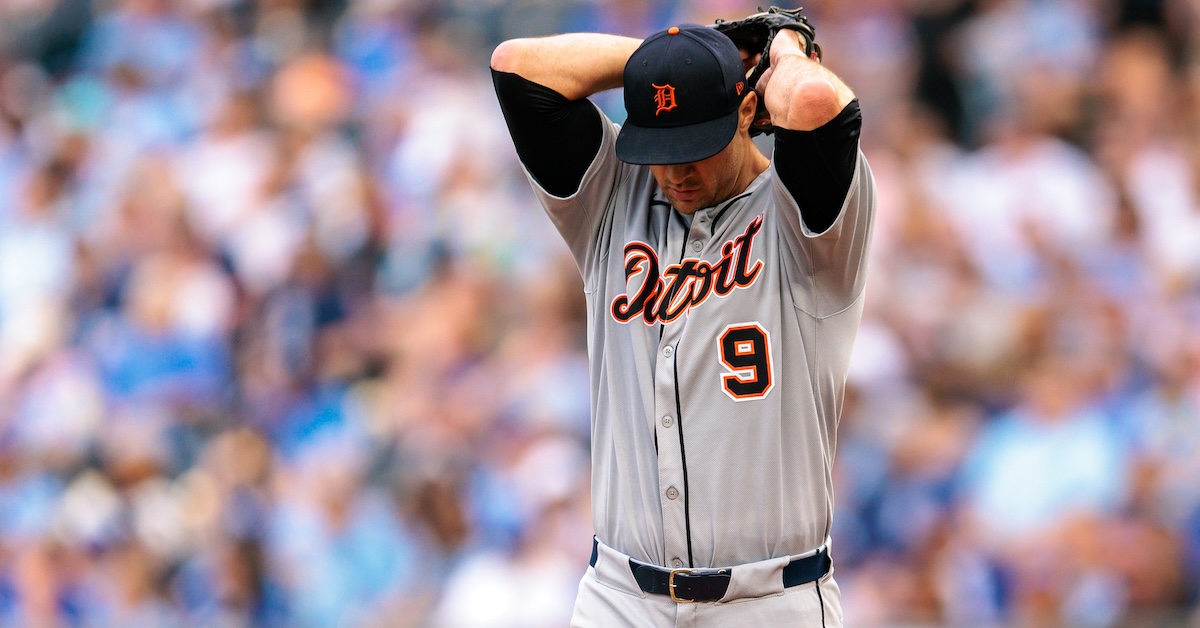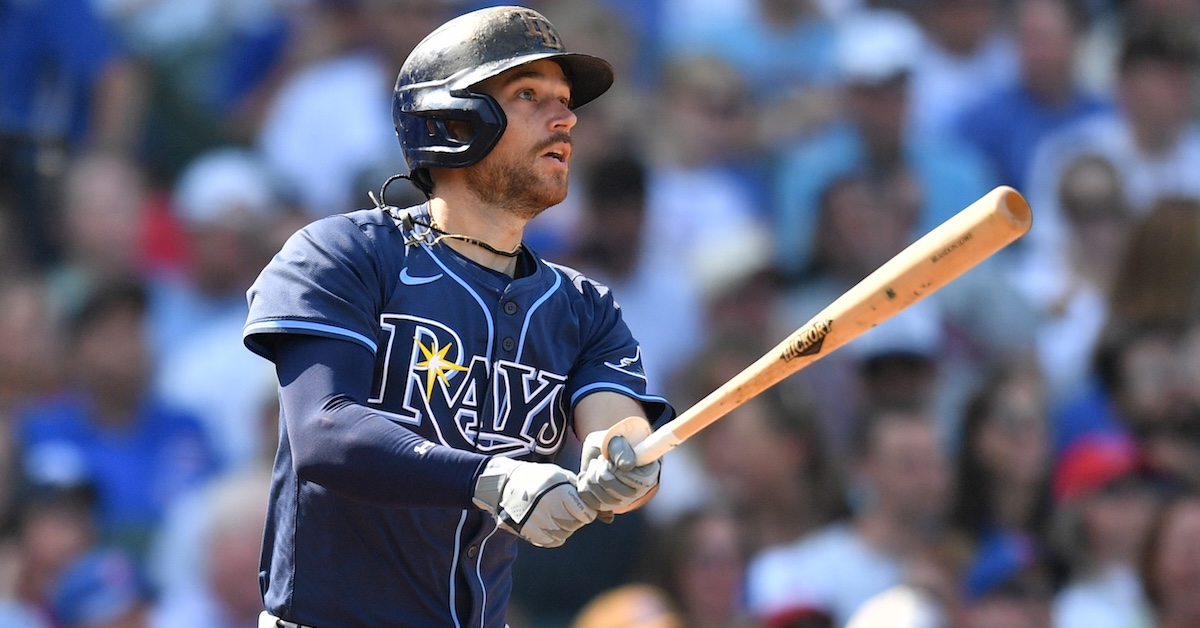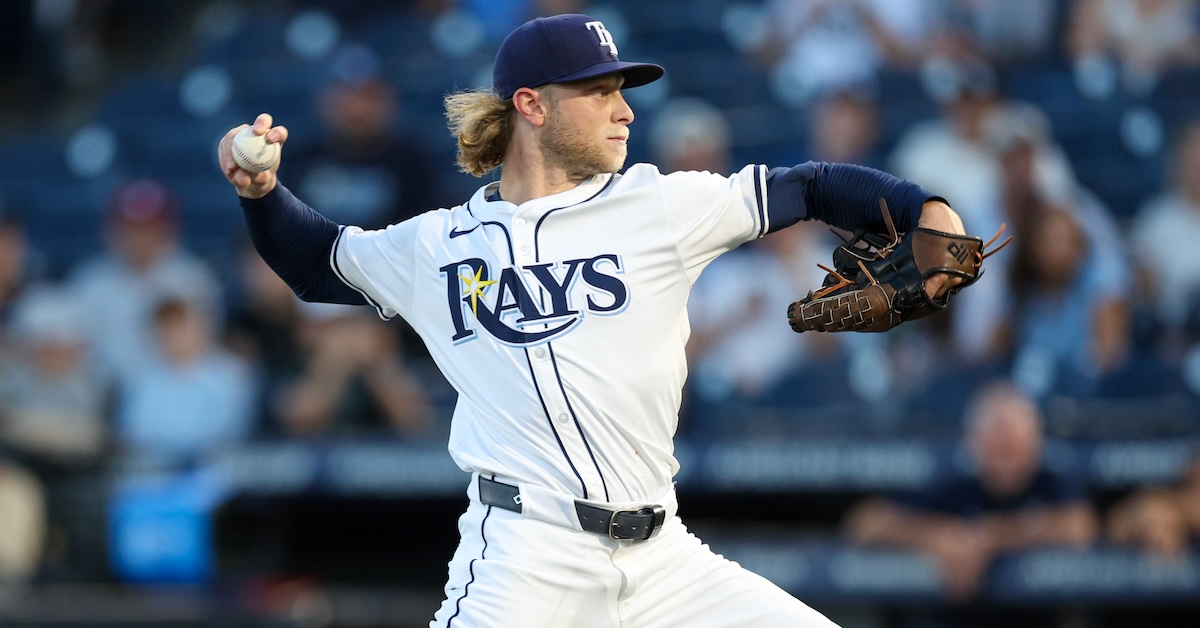Phillies, Royals Swap Relievers
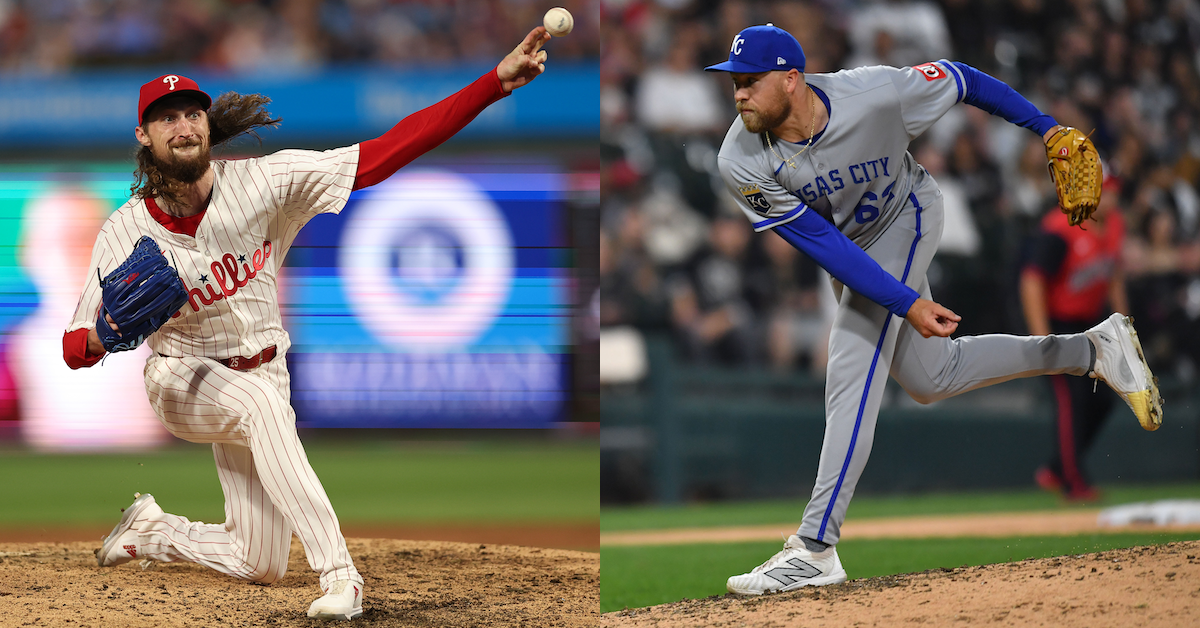
The Phillies made the playoffs in 2025. The Royals nearly did, and certainly hope to play in October in 2026. Teams like that rarely line up on trades, what with both sides aiming to do the same thing and all. But rarely isn’t the same as never. Philadelphia and Kansas City found something they agree on other than their taste in Super Bowl matchups (last year’s every year, naturally), coming together on Friday to swap relievers: Matt Strahm is heading to Kansas City in exchange for Jonathan Bowlan, as Robert Murray first reported.
Trades are all about two teams with mismatched goals. Who would trade a superstar? A team that isn’t competing at the moment and isn’t one or two players away from changing that. Who would let go of a promising outfield prospect? A team that’s set in the outfield and light on the mound. This trade is two playoff contenders trading relievers, so most of those considerations don’t apply. But there’s still a mismatch in goals and resources here; you just have to look a little more closely.
The Phillies bullpen boasts an embarrassment of riches. Jhoan Duran, the closer, is one of the best in the business, a lockdown reliever you can set and forget in the ninth inning. José Alvarado missed most of the 2025 season thanks to a suspension and injury, but he’s an excellent late-inning option in his own right when available, and he should be back at full strength in the upcoming year. It doesn’t stop there; the team recently signed Brad Keller, who broke out as a dominant single-inning option in 2025. Even without Strahm, that’s a fearsome top trio of relievers, perhaps the best in the majors. Read the rest of this entry »

